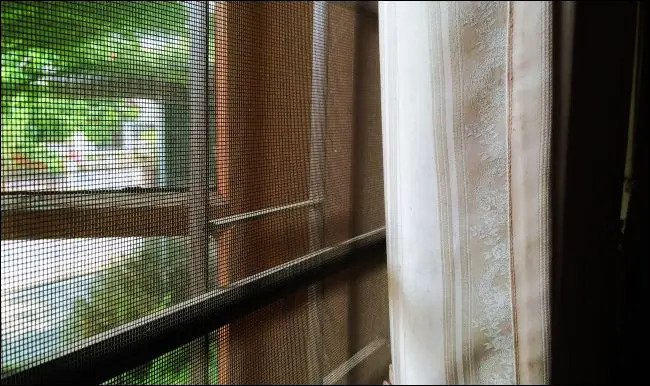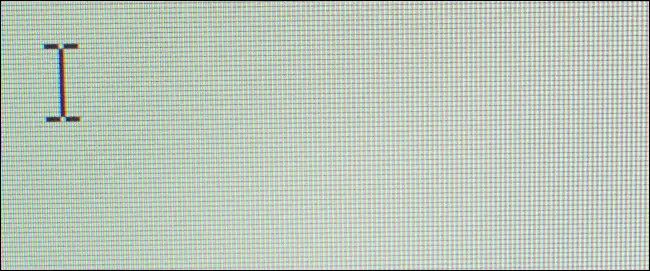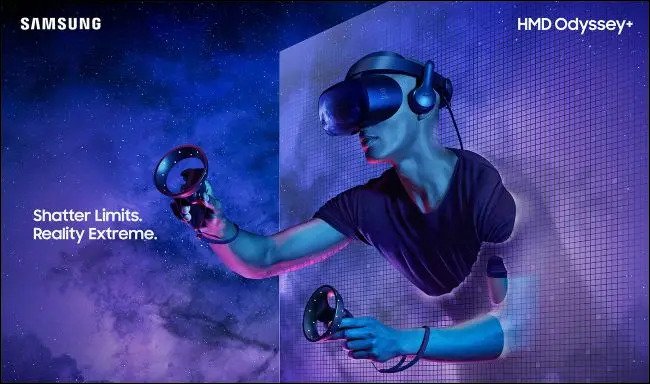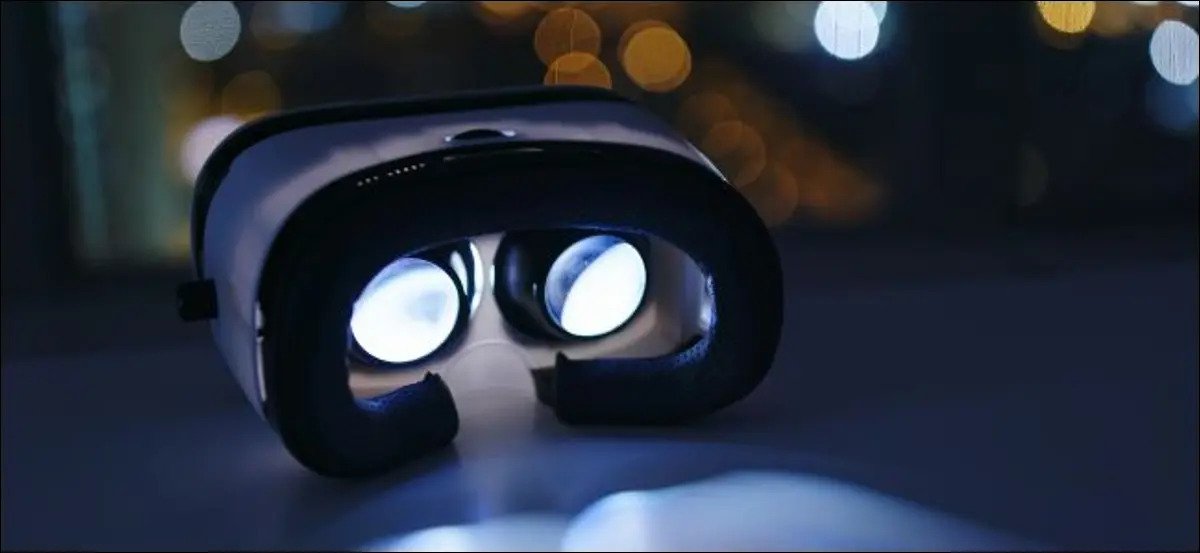In the virtual reality (VR) world, you can be anyone or anything you want. You can explore new worlds, go on amazing adventures, and do things that are impossible in the real world. But there’s one downside to VR: the “screen door effect”. This is what happens when you can see the lines between the pixels of your screen, and it makes everything look a bit fuzzy.
I first noticed the screen door effect in VR when I was using an Oculus Rift headset. At first, it was a bit bothersome, but I soon got used to it and stopped noticing it. But if you want to get the best possible experience out of your VR headset, it’s important to understand how to minimize the screen door effect. So with no further ado, here’s what you need to know about the screen door effect in VR.
What Does the Screen Door Effect Look Like?

The Screen Door Effect is most visible when a user is focusing closely on an object in the virtual environment. The effect can be seen as faint lines that appear to separate each pixel or block of color within the image. This can be very off-putting, making it difficult for users to fully immerse themselves in their virtual surroundings.
The screen door effect doesn’t always look the same, depending on the resolution of the headset and distance from an object. For instance, if a user is further away from an object in their virtual environment, the effect may be less noticeable than when they are close to it.
What Causes the Screen Door Effect?

The cause of the Screen Door Effect is primarily due to a low-resolution display in the VR headset. When pixels are close together, it can create the illusion of black lines between each pixel when viewed from a distance. The problem is compounded by other factors, such as screen size and field of view (FOV).
This can be counteracted to some degree by using a headset with a higher-resolution display. But it may still be noticeable depending on the FOV or distance from an object. However, some manufacturers are working on new technologies. That may be able to reduce the Screen Door Effect in future VR headsets.
This phenomenon is not exclusive to VR headsets; it may also occur on other kinds of screens. It’s worse on VR headsets than on other current screens since our eyes are so near to the panel. We’re gazing at it via magnifying lenses. In other words, you’re gazing at the display closely enough to see individual pixels and the gaps between them.
How Can the Screen Door Effect Be Fixed?

The Screen Door Effect can be minimized with a higher resolution display, but it may still be noticeable depending on the distance from an object or field of view. Additionally, there are several software and hardware solutions that have been developed to reduce the effect, such as anti-aliasing methods and temporal super-sampling.
Additionally, some manufacturers are working on new display technologies that may be able to reduce the Screen Door Effect in future VR headsets. These include microlens arrays, which are made up of small lenses that separate and refocus the light from individual pixels, resulting in a sharper image with fewer visible pixels.
In other words, the Screen Door Effect can be minimized with a combination of hardware and software solutions. However, it may still be noticeable depending on the headset’s display resolution, the field of view, and the distance from an object.
How to Reduce the Screen Door Effect Today?

There are several ways to reduce the Screen Door Effect today. The most effective way is to use a VR headset with a higher resolution display, as this will help minimize the effect. Additionally, there are some software solutions that can be used, such as anti-aliasing methods and temporal super-sampling. Finally, users may also want to adjust the distance from an object in the virtual environment, as this can help reduce the visibility of pixels.
Ultimately, reducing the Screen Door Effect will require a combination of hardware and software solutions. Some manufacturers are already working on new display technologies that may hopefully one day eliminate. Greatly reduce the effect in future VR headsets. But for now, users should focus on using a headset with a higher resolution display and taking advantage of software solutions to reduce the visibility of pixels.
While it will not eliminate the screen door effect. Appropriately adjusting your headset will guarantee you have the finest views possible. This entails changing the lens spacing and moving your headset up and down on your face to fit your eyes. At the very least, the picture will not be fuzzy. For further information, see the manual for your VR headset.
So, Now you know What the Screen Door Effect in VR is. It is an optical illusion caused by a low-resolution display and can be minimized with hardware and software solutions. Be sure to keep this in mind when selecting your next VR headset. As it may have an impact on your overall user experience.
Conclusion
The “screen door effect” is a common problem with virtual reality headsets. This occurs when the pixels that make up the image on the screen are too large. Causing them to resemble the gaps in a screen door. The larger the pixels, the more noticeable the screen door effect will be. There are several ways to reduce or eliminate the screen door effect. Hope this article has given you an idea. What the screen door effect is in VR and how to reduce it?





